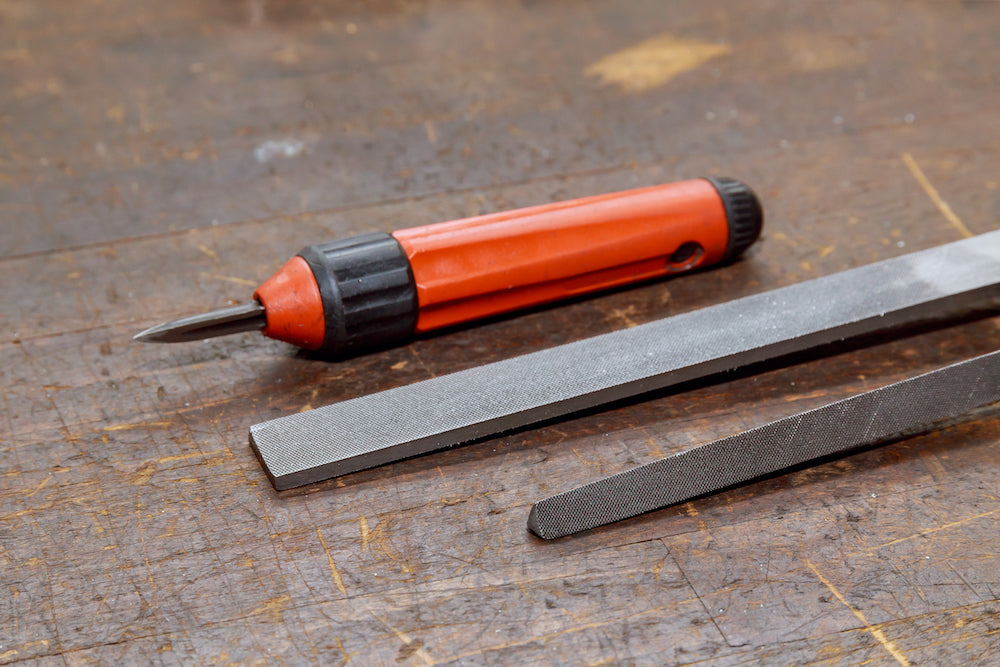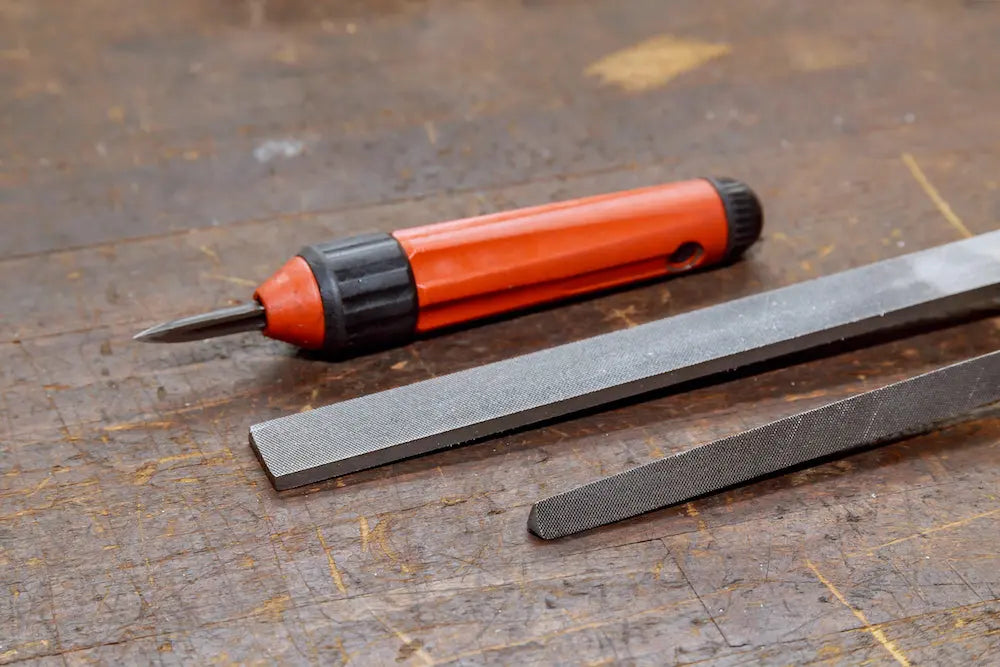
In the world of manufacturing and craftsmanship, precision is key. One crucial aspect of achieving this precision is the removal of burrs and sharp edges from workpieces. These imperfections not only compromise the quality and safety of the final product but can also affect its functionality and aesthetics.
Enter deburring tools – essential instruments designed to smooth and refine the surfaces of workpieces. We’ll delve into the world of deburring tools, exploring what they are, the various types available, why they are indispensable, who should use them, and key tips for their effective and safe use.
What Is a Deburring Tool?
At its core, a deburring tool is a specialized instrument used to remove burrs, sharp edges, and rough material from the surfaces of workpieces. Burrs are unwanted pieces of material, often metal or plastic, that can remain after cutting, drilling, or machining operations. These tiny protrusions can pose safety hazards, compromise the functionality of parts, and affect their overall appearance. Deburring tools come in various forms, each designed to tackle specific applications and materials.
Types of Deburring Tools
Deburring tools can be categorized into several types, each with its own advantages and applications:
-
Handheld Deburring Tools: These manual tools are designed to be held by hand. They typically feature cutting blades or abrasive surfaces that allow users to remove burrs manually. Handheld tools are versatile and suitable for various tasks, from minor touch-ups to more extensive deburring work.
-
Bench-Mounted Deburring Tools: Ideal for heavier-duty tasks, bench-mounted deburring tools are secured to a workbench or table. They are robust and often equipped with rotating brushes or grinding wheels for efficient material removal.
-
Rotary Deburring Tools: These power tools use a rotary motion to remove burrs and are commonly used for deburring holes or edges in metalwork. They can be handheld or attached to machinery, offering precision and efficiency.
-
Abrasive Deburring Stones: These handheld abrasive stones or sticks are used to manually remove burrs by rubbing them against workpiece edges. They are simple yet effective for various applications.
-
Tumbling and Vibratory Deburring Machines: Suited for mass production and complex shapes, these machines use abrasive media and a tumbling or vibrating action to remove burrs and achieve uniform surface finishes across multiple parts simultaneously.
Why Use Deburring Tools?
The utilization of deburring tools is paramount for several compelling reasons:
-
Safety: Removing burrs and sharp edges enhances workplace safety by reducing the risk of cuts and injuries to workers and end-users.
-
Quality Control: Deburring ensures that products meet rigorous quality standards and maintains their functionality and aesthetics.
-
Functionality: Parts with burrs or rough edges may not fit correctly or function as intended. Deburring guarantees proper assembly and smooth operation.
-
Compliance: In regulated industries such as aerospace and medical device manufacturing, deburring is essential to meet industry standards and safety regulations.
-
Material Removal: Deburring tools can also be used for controlled material removal, helping achieve precise design specifications.
Who Should Use Deburring Tools
Deburring tools find applications across a broad spectrum of industries and activities, making them indispensable for:
-
Manufacturing Companies: Across diverse sectors such as aerospace, automotive, electronics, and more.
-
Machinists: For removing burrs from metalwork after machining operations.
-
Metal Fabricators: In shaping and refining metal components.
-
Welders: For post-weld cleanup, ensuring strong and aesthetically pleasing welds.
-
DIY Enthusiasts: Hobbyists and DIY projects can benefit from deburring tools for various tasks.
-
Maintenance and Repair Professionals: Useful for equipment repair and restoration.
-
Construction Industry: Preparing metal components for installation in construction projects.
-
Jewelry Making: Creating smooth and comfortable-to-wear jewelry pieces.
-
3D Printing: Post-processing 3D-printed parts for a polished finish.
Tips for Using Deburring Tools
To use deburring tools effectively and safely, consider the following tips:
-
Wear Safety Gear: Always don appropriate personal protective equipment, including safety glasses, gloves, and hearing protection, if necessary.
-
Choose the Right Tool: Select the appropriate deburring tool for the material and type of burrs you need to remove.
-
Familiarize Yourself with the Tool: Read the manufacturer’s instructions and become acquainted with the tool’s features and controls.
-
Secure the Workpiece: Ensure that the workpiece is firmly clamped or held in place to prevent movement during deburring.
-
Apply Steady Pressure: When using handheld tools, apply even and consistent pressure to avoid skipping or jumping.
-
Use the Correct Motion: Depending on the tool type, employ the appropriate motion, such as circular or linear, for efficient deburring.
-
Watch for Overheating: Some tools generate heat during use; watch for overheating and apply cooling or lubrication as needed.
-
Inspect the Workpiece: Regularly check the workpiece to ensure that burrs are being removed evenly and adjust as necessary.
-
Maintain Sharpness: Keep tools with cutting edges or abrasive surfaces sharp for optimal performance.
-
Work in a Clean Area: Maintain a clutter-free work area to reduce the risk of accidents and maintain work quality.
-
Workpiece Orientation: Pay attention to the workpiece’s orientation and deburring direction for best results.
-
Proper Disposal: Dispose of removed burrs and waste materials safely and responsibly.
-
Regular Maintenance: Keep your deburring tools clean and well-maintained, and replace worn or damaged parts as needed.
-
Practice and Skill: Like any skill, deburring may require practice to achieve consistent and high-quality results.
Conclusion
Deburring tools are indispensable instruments in manufacturing, fabrication, and various other industries. By removing burrs and sharp edges, these tools not only enhance safety but also ensure the quality, functionality, and aesthetics of products and components.
Whether you are a professional in a specialized industry or a DIY enthusiast, understanding the types and applications of deburring tools and following best practices for their use is essential for achieving optimal results.
Incorporate these tips into your deburring process to master this critical aspect of precision workmanship.








Reader Interactions